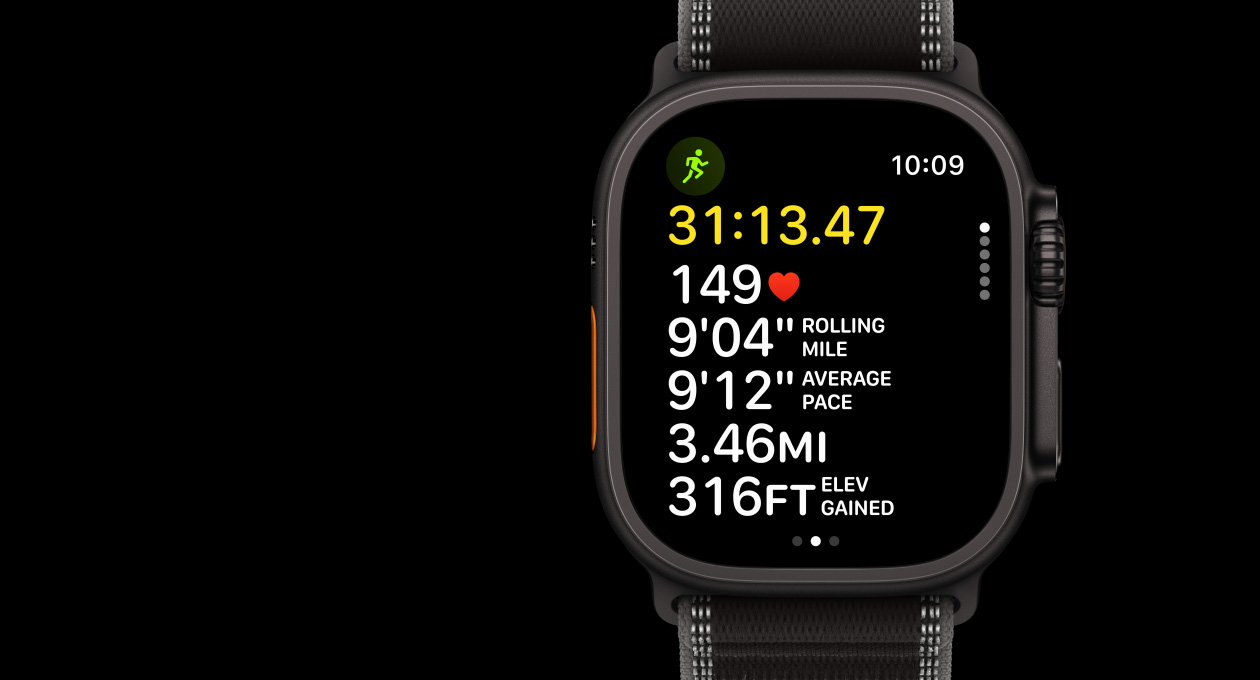Sound waves possess an extraordinary ability to penetrate darkness, navigate through solid barriers, and reveal hidden structures beneath our feet. In underground environments where light fails and visual cues disappear, acoustic technologies emerge as our most reliable companions for exploration and orientation.
From ancient miners tapping rocks to detect hollow cavities to modern spelunkers using sophisticated sonar equipment, humanity has long recognized sound’s unique capacity to illuminate the unseen. Today, this acoustic wisdom combines with cutting-edge technology to transform how we understand, navigate, and interact with subterranean spaces.
🔊 The Science Behind Underground Acoustics
Underground environments create unique acoustic signatures that differ dramatically from surface conditions. Sound behaves differently when confined within tunnels, caves, and chambers, bouncing off mineral-rich walls and traveling through dense geological formations. Understanding these principles forms the foundation for effective acoustic navigation.
Sound waves travel through different materials at varying speeds. In air at sea level, sound moves at approximately 343 meters per second, but in rock formations, this speed can increase dramatically to over 6,000 meters per second. This variation allows us to detect material changes, structural anomalies, and spatial configurations simply by analyzing how sound propagates through the environment.
Echo Location Principles in Confined Spaces
Echo location, nature’s gift to bats and dolphins, becomes particularly powerful underground. When you generate a sound in a cave or tunnel, the returning echoes carry information about distance, surface texture, and spatial geometry. Sharp, quick echoes indicate nearby hard surfaces, while soft, delayed returns suggest distant or absorbent materials.
Professional cavers and underground workers develop an intuitive sense for interpreting these acoustic signals. A hand clap can reveal whether a chamber expands ahead or narrows into a tight passage. Foot stomps can identify hollow spaces beneath the floor, warning of potential hazards before they become visible.
⛏️ Historical Applications of Sound Navigation
Long before modern technology, underground workers relied exclusively on acoustic cues for safety and navigation. Coal miners would tap support beams with hammers, listening for the telltale hollow ring that indicated structural weakness. This simple technique saved countless lives by detecting problems before catastrophic collapses occurred.
Traditional well diggers employed similar methods, dropping stones down shafts and timing the splash to calculate depth. The acoustic properties of the shaft walls would also indicate whether they were digging through clay, sand, or rock layers, informing their excavation strategies.
Mining Culture and Acoustic Traditions
Mining communities developed rich acoustic traditions that extended beyond practical applications. Songs and rhythmic tool strikes served dual purposes: maintaining work tempo and creating continuous sound that helped workers maintain spatial awareness in the darkness. These acoustic practices fostered community bonds while simultaneously serving as primitive but effective navigation systems.
📡 Modern Acoustic Navigation Technologies
Contemporary underground exploration benefits from sophisticated acoustic instruments that transform sound into detailed spatial information. Ground-penetrating radar, seismic sensors, and ultrasonic measurement devices provide unprecedented insight into subsurface structures without requiring direct visual contact.
Sonar mapping systems, adapted from marine applications, create three-dimensional models of cave systems and tunnels. These devices emit controlled sound pulses and analyze the returning echoes to build comprehensive spatial maps. Rescue teams use these technologies to navigate collapsed structures, locating survivors in situations where traditional methods would fail.
Smartphone Applications for Amateur Speleologists
Modern smartphones contain surprisingly capable acoustic sensors that amateur cave explorers can leverage. Specialized applications transform these everyday devices into functional echo-location tools, distance measurers, and even basic seismic detectors. These apps democratize underground exploration, making acoustic navigation accessible to enthusiasts without expensive specialized equipment.
🎯 Practical Techniques for Acoustic Underground Navigation
Developing competence in acoustic navigation requires practice and patience. Begin in familiar underground environments where you can safely experiment with different sound generation methods and echo interpretation. Simple techniques yield surprisingly accurate information once you train your ears to recognize patterns.
Basic Sound Generation Methods
Different sounds serve different purposes underground. Here are the most effective acoustic signals for various navigation needs:
- Hand claps: Excellent for quick spatial assessment in chambers and passages, providing immediate feedback about nearby surfaces
- Vocal calls: Useful for communication and gauging large chamber dimensions, with lower frequencies traveling farther through rock
- Tool strikes: Perfect for testing wall composition and detecting structural weaknesses in support systems
- Foot stomps: Effective for identifying hollow spaces beneath floors and assessing ground stability
- Electronic tones: Consistent frequency generation allows for precise distance measurement and material analysis
Interpreting Acoustic Feedback
Learning to decode returning echoes transforms raw sound into actionable navigation information. Sharp, bright echoes indicate hard, reflective surfaces like solid rock or metal. Dull, absorbed returns suggest soft materials such as clay, sand, or organic matter. Echo delay directly correlates with distance, while multiple overlapping echoes reveal complex spatial geometries.
Temperature and humidity significantly affect sound propagation underground. Warm, moist air conducts sound differently than cold, dry conditions. Experienced navigators account for these variables when interpreting acoustic information, adjusting their expectations based on environmental conditions.
🛠️ Safety Applications of Underground Acoustics
Sound-based navigation extends beyond mere orientation to encompass critical safety functions. Acoustic monitoring systems detect structural stresses, identify gas leaks, and warn of impending geological events. These applications make acoustic awareness essential for anyone working or exploring underground.
Detecting Structural Instability
Rock under stress produces characteristic acoustic emissions called “rock talk” by miners. These sounds, ranging from subtle ticking to loud cracking, indicate pressure buildup and potential failure points. Modern acoustic monitoring systems can detect frequencies beyond human hearing range, providing early warning of dangerous conditions.
Continuous acoustic surveillance in mines and tunnels identifies developing problems before they become catastrophic. Microphones positioned throughout underground facilities capture and analyze sound patterns, alerting operators to anomalies that require investigation. This proactive approach prevents accidents and saves lives.
🌍 Geological Exploration Through Sound
Geologists and mineral prospectors use acoustic techniques to map subsurface structures and identify valuable deposits without extensive drilling. Seismic surveys send sound waves deep into the earth, analyzing reflections to create detailed underground profiles. This non-invasive approach revolutionized resource exploration and geological research.
Understanding Acoustic Impedance
Different rock types and mineral deposits possess unique acoustic impedance values—their resistance to sound wave passage. When sound waves encounter boundaries between materials with different impedance, they partially reflect back to the surface. Analyzing these reflections reveals layer composition, thickness, and even fluid content.
| Material | Sound Speed (m/s) | Exploration Application |
|---|---|---|
| Sandstone | 2,000-4,500 | Aquifer detection |
| Limestone | 3,500-6,000 | Cave system mapping |
| Granite | 5,500-6,000 | Tunnel excavation planning |
| Coal | 2,200-2,700 | Seam identification |
| Salt | 4,500-5,500 | Storage cavity location |
🎓 Training Your Acoustic Awareness
Developing proficiency in acoustic navigation requires deliberate practice and sensory refinement. Like learning a musical instrument, training your ears to detect subtle acoustic variations takes time but yields extraordinary results. Begin with simple exercises in controlled environments before progressing to more challenging underground scenarios.
Progressive Training Exercises
Start your acoustic training in familiar spaces where you can verify your acoustic interpretations visually. Close your eyes in a room and practice generating sounds while focusing on the returning echoes. Notice how the acoustic signature changes as you move closer to walls or into corners.
Progress to more complex environments like parking garages or hallways where multiple surfaces create intricate echo patterns. Challenge yourself to estimate distances, identify materials, and map spatial layouts using only sound. Record your predictions and verify them visually to calibrate your acoustic intuition.
🔦 Combining Acoustic and Traditional Navigation
While acoustic navigation proves remarkably powerful, the most effective underground exploration combines multiple sensory inputs and technological aids. Sound-based techniques complement visual, tactile, and instrumental methods, creating redundant navigation systems that enhance safety and effectiveness.
Professional underground workers maintain constant acoustic awareness even while using headlamps, GPS devices, and physical maps. This multi-modal approach ensures that if one system fails—batteries die, lights break, or visibility drops—alternative navigation methods remain available.
Integration with Digital Mapping Systems
Modern cave mapping software incorporates acoustic data alongside traditional survey measurements. Laser distance finders combined with acoustic profiling create remarkably accurate three-dimensional models of underground spaces. These hybrid systems leverage the strengths of multiple technologies, producing results superior to any single method.
🌟 Future Developments in Acoustic Underground Navigation
Emerging technologies promise to revolutionize acoustic navigation in coming years. Artificial intelligence systems learn to interpret complex acoustic signatures, identifying patterns that human analysts might miss. Machine learning algorithms trained on thousands of cave systems can predict spatial configurations from limited acoustic data.
Augmented reality interfaces will overlay acoustic information onto visual displays, allowing users to “see” through solid rock using sound-derived data. These systems will make acoustic navigation intuitive for novices while providing experienced users with unprecedented detail and accuracy.
Biomimetic Acoustic Systems
Researchers study bat echo-location and whale sonar to develop next-generation navigation tools. These biomimetic systems replicate nature’s sophisticated acoustic processing in portable devices. Early prototypes demonstrate remarkable sensitivity, detecting features that conventional equipment cannot perceive.
🎯 Practical Wisdom for Underground Explorers
Acoustic navigation mastery combines technical knowledge with experiential wisdom. Respect the underground environment, understanding that your acoustic signals disturb natural silence and can impact cave-dwelling organisms. Practice minimal-impact exploration, using acoustic techniques judiciously rather than continuously.
Never rely exclusively on any single navigation method underground. Acoustic awareness enhances safety but should supplement, not replace, proper lighting, physical markers, and companion communication. The underground environment demands humility and preparation—sound guides us, but prudence keeps us safe.
Document your acoustic observations systematically. Keep records of how different formations sound, noting correlations between acoustic signatures and visual characteristics. This personal acoustic library becomes invaluable as you develop expertise, helping you recognize patterns and identify anomalies in new environments.
🔍 The Poetry of Underground Sound
Beyond practical navigation, acoustic awareness opens aesthetic dimensions of underground spaces. The subtle music of dripping water echoing through limestone chambers, the haunting reverberation of voice in vast caverns, and the intimate silence of tight passages create profound sensory experiences. This acoustic richness transforms underground exploration from mere navigation into genuine communion with subterranean realms.
Sound reveals the underground’s hidden personality—each cave system possesses unique acoustic character shaped by geological history and spatial configuration. Learning to hear these differences deepens our connection to these ancient spaces, fostering respect and wonder that transcends utilitarian concerns.
As we continue pushing deeper into earth’s hidden spaces, acoustic navigation remains our most reliable guide. From primitive hand claps to sophisticated sonar arrays, sound illuminates the darkness where light cannot reach. By harnessing these acoustic principles, we navigate safely through underground labyrinths while gaining profound insights into the geological forces that shaped our planet. The depths call to us, and sound answers, transforming impenetrable darkness into navigable space. 🌑
Toni Santos is a visual researcher and sonic environments designer specializing in the archaeological traces of ritual sound and acoustic expression. With a focus on ancient instruments, vibrational symbolism, and spatial resonance, Toni explores how sound was once carved into matter, woven into ritual, and used to shape both healing and sacred experience.
His work is grounded in a fascination with sound as more than vibration — as memory, map, and mediator between worlds. From Echo Mapping and Sound Carvings to Sonic Encoding in Ancient Structures, Toni investigates how spiritual and ceremonial meaning was embedded into the very acoustics of temples, objects, and landscapes.
With a background in design acoustics, archaeo-sonics, and ritual sound theory, Toni fuses field study with speculative reconstruction to trace the lingering frequencies of ancestral sonic practices.
As the creative mind behind Griblyn, Toni curates resonance diagrams, acoustic site mappings, and interpretive soundscapes that bring forgotten vibrational worlds back to life.
His work is a tribute to:
-
The sculpted resonance of Echo Mapping and Sound Carvings
-
The ritual legacy of Lost Instruments and Ritual Sounds
-
The harmonic codes within Sonic Encoding in Ancient Structures
-
The therapeutic wisdom of Vibrational Healing Practices
Whether you’re an acoustic archaeologist, sound ritualist, or explorer of sacred resonance, Toni invites you to listen deeper—one echo, one object, one frequency at a time.




